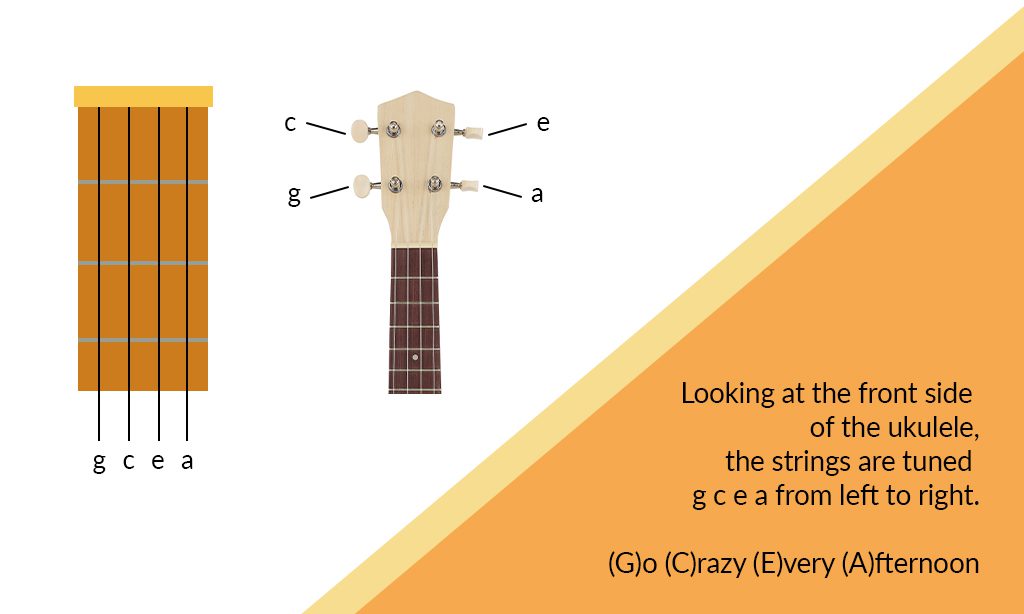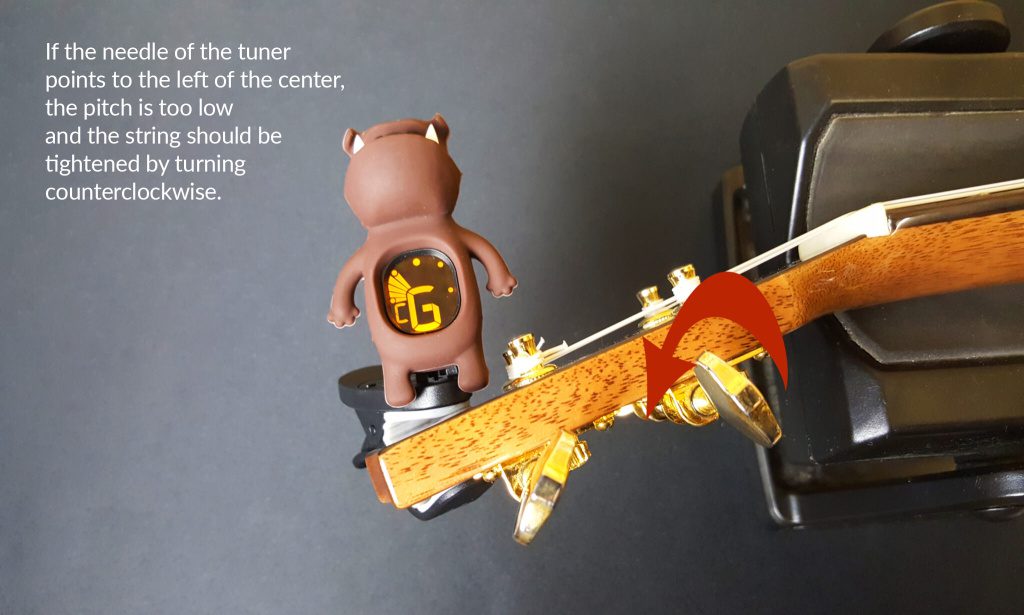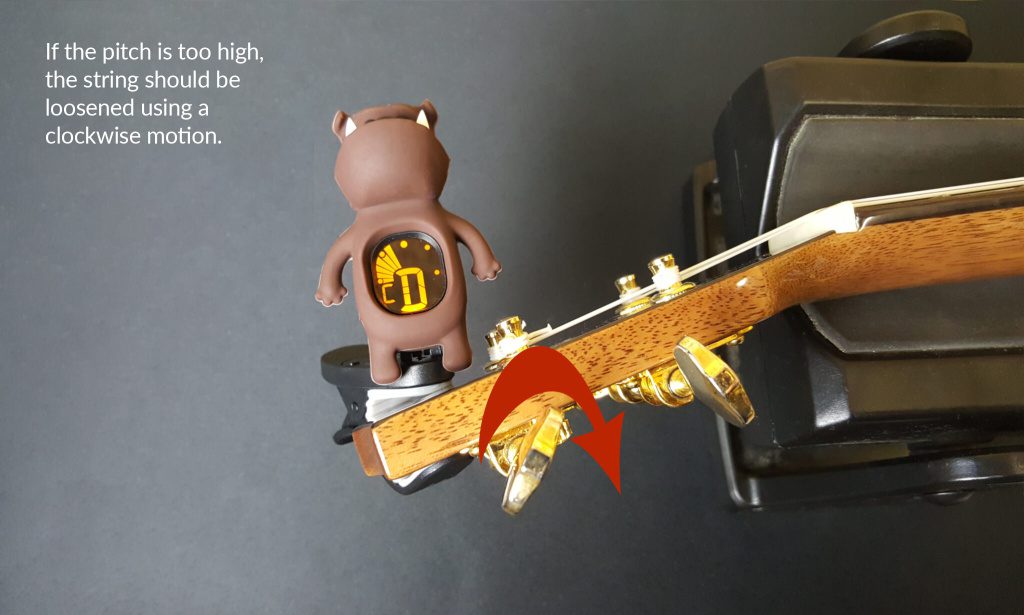Ukulele Tuning – A Short Guide
The ukulele is more popular than ever – it’s cool and has a character all of its own. But before you can play tunes on your ukulele, you need to tune it, just like any other instrument. Find out everything you need to know in our guide to ukulele tuning.
This guide on ukulele tuning covers soprano, concert, and tenor ukuleles. These are some of the topics you’ll learn about:
Contents
- Quick and easy: Tuning a ukulele
- Tuning a ukulele with a tuner
- How to tune a ukulele without a tuner
- How often does a ukulele need to be tuned?
Quick and easy: Tuning a ukulele
A short guide to tuning a ukulele
Soprano, concert, and tenor ukuleles are tuned in the same way. The most common tuning for ukuleles is the C tuning with strings in g, c, e, and a, also called Hawaiian tuning.
Other variations are the D tuning (a, d, f#, b) or the baritone tuning (d, g, b, e). Looking at the ukulele from the front, the g-string is on the far left and sounds higher than the C-string next to it. Almost all ukuleles come with this so-called “re-entrant tuning” by default.
Image 2: Looking at the ukulele from the front, we tune the strings from left to right in g c e a
(G)o (C)razy (E)very (A)fternoon
Ukulele tuning with a tuner
Which tuner is best for ukulele?
It doesn't matter whether you use a clip-on tuner that attaches to the headstockor a traditional tuner with a built-in microphone – the process is the same.
When you pluck a string, the tuner’s needle, LED, or display shows you if the note is too high or too low. One thing to note is that it’s important to use a tuner that is capable of chromatic tuning, as pure guitar tuners don’t cover all the pitches required for tuning a ukulele. However, there are also special ukulele tuners that should be set to C tuning. If the tuning mode is set to guitar, the C string will not be recognized since the normal guitar tuning does not include a C. The same applies to apps on a smartphone, of course.
Now pluck the first string and check if the pitch is too high or too low. If it’s too low – i.e., the needle or display is to the left of the center – you need to increase the tension of the string. To do this, turn the corresponding tuning peg counterclockwise. If the pitch is too high, turn it in the opposite direction.
Image 3: If the needle is to the left of the center, the pitch is too low, and the string must be tensioned by turning it counterclockwise.
If the pitch is too high, the strings must be relaxed by turning them clockwise.
Ukulele tuning without a tuner
You can also tune a ukulele by ear without a tuner. That’s especially great for quick adjustments, e.g. if a string goes out of tune during a gig. With a little practice and a good ear, tuning a ukulele this way is no less quick and precise as using a tuner. Start by getting a reference pitch from a fellow musician or another instrument. The pitch at the second fret of the g-string is an a and thus corresponds to the open first string. The fifth fret on the e-string is also the same a. To tune the C-string, simply compare the pitch at the fourth fret of the C-string with the open e-string. Here’s a small diagram:
How often does a ukulele need to be tuned?
Check the tuning every time you pick up the ukulele. Changes in temperature and humidity can cause strings to go out of tune. New strings go out of tune very quickly in the beginning and need to be re-tuned quite often.
You are currently viewing a placeholder content from YouTube. To access the actual content, click the button below. Please note that doing so will share data with third-party providers.

 4,0 / 5,0 |
4,0 / 5,0 | 










